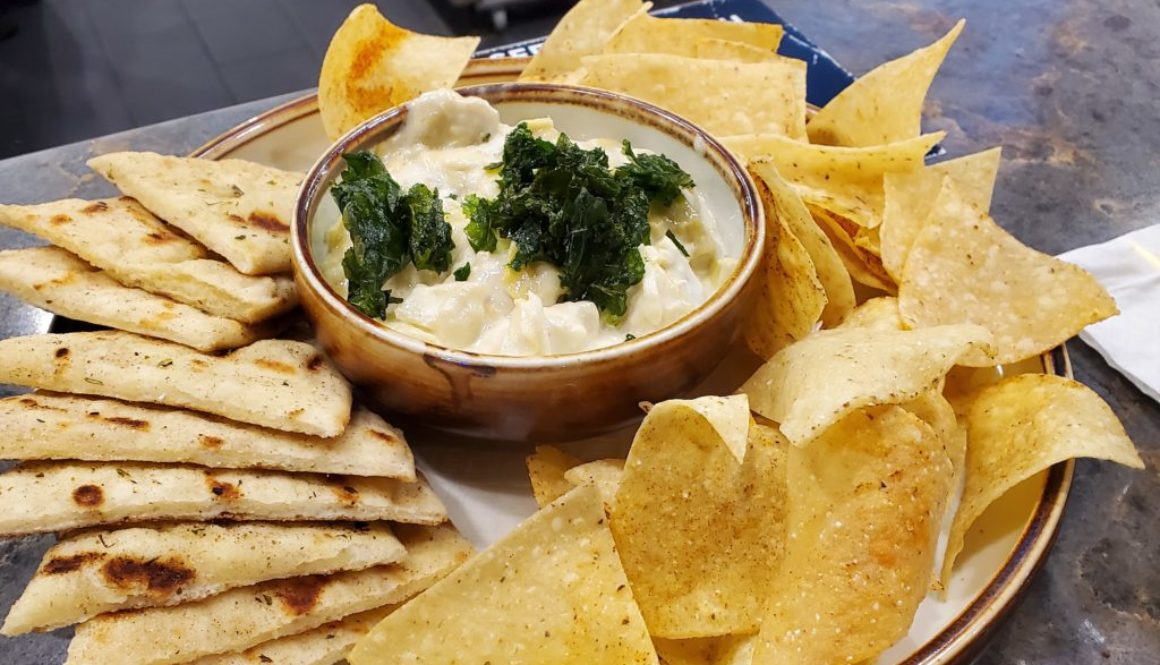April 2022 Newsletter Introduction
Spring has sprung! A great indicator of Spring is our wonderful Cherry Blossom blooming season. It’s always one of the prettiest times of the year! I love the soft delicate flower petals that lines many streets in the lower mainland into breathtaking photo worthy moment with friends and family. So if you get a chance, take some time and just enjoy the scenic view since it’s only here for 2 – 3 weeks!
So how’s the market been like in March? As mentioned, the market has dampen due to a number of factors, namely – increased interest rates, inflation, buyer’s fatigue and the “cooing period” that the government is looking to implement this coming Summer. Currently, homes have sold at asking or close to asking. Any multiple offers to drive interest to go significantly over isn’t happening at the moment. As a result, this may be good opportunity to consider buying since this dip may not last that long since. There is still a demand and there are many buyers who were exhausted from not being able to buy would resurface and come back to purchase.
#CovidBC update:
British Columbians will no longer be required to show proof of COVID-19 immunization to attend a concert, eat at a restaurant or go to the gym as of Friday, April 8. Provincial Health Officer Dr. Bonnie Henry announced on Tuesday afternoon the lifting of the last major COVID-19 public health restriction. However, businesses can decide if they still require a vaccine card for entry, Henry said. This comes as independent modelers warn of the sixth wave of COVID-19 cases in the province. But Henry is quick to point out that even though cases may be on the rise, hospitalizations and intensive care visits linked to COVID continue to remain manageable. “We believe we can remove some of the restrictions weighing the risk. We know some businesses will still decide to use the vaccine card based on their clientele,” Henry said. “Rates remain very low for most younger people and even those in the 60 and 70s age range. It is very clear having a booster is highly protective.”
– Sam





